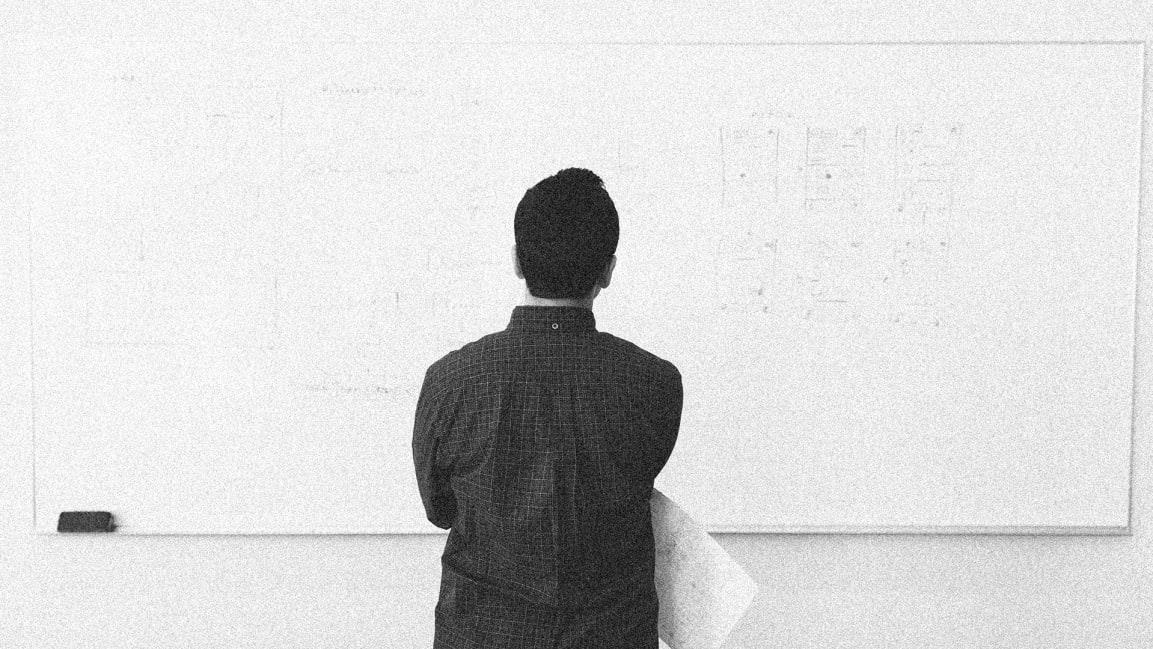Lessons from the pandemic: Have a plan B, C, D, and E
Before the pandemic, I barely ever worked remotely; my team at Okta always thrived on office energy and connecting in person. And while I thought I’d grown accustomed to seeing people only on Zoom or in Slack channels (I’m an engineer by trade and tend to be introverted), I realized how much I missed in-person collaboration after seeing a few team members (masked up, outside, and post negative COVID-19 tests) during the filming of a documentary tied to our annual “Oktane” event a few weeks ago.
It was the best feeling to reunite, and that day together got me thinking more about what we’ll be ready to bring back and what we’ve learned about how to work. We’re now at the one-year mark of a shift to remote work during a pandemic that’s changed our personal and professional lives for good. Here’s what I’m taking with me even after offices reopen.
Embracing a “we’re in this together” mindset
This past year, I’ve had to lean on other leaders more than ever. You can only get through a crisis by turning to peers for collaboration on common issues and support. Since the start of the COVID-19 pandemic, I’ve kept in frequent contact with other CEOs through a shared Slack channel to cover remote work challenges and how to communicate critical updates to employees. I anticipate this channel will become even more active as we navigate return-to-office plans and life post-vaccine.
I seek more advice now, but I also carve out ample time to share it when I can and answer employees’ questions. It helps that we already had an established cadence of all-hands meetings and a forum for submission of anonymous employee feedback before the pandemic hit. If you can, create that weekly rhythm to provide ample opportunity for employees to bring issues to the forefront early. It’s also critical to open avenues for informal discourse on important issues. Last year, we hosted an Ask Me Anything session in March to bring the company and our stakeholders together and discuss work-from-home policies and concerns, and we organized a listening tour in June to discuss Okta’s support for Black Lives Matter with employees.
Maintaining an agility-first approach
Without an openness to change, we never would have made it through this past year. For example, we learned pivoting in-person events to successful virtual ones is possible—we made it work for both of our major 2020 events (and in less than 30 days for our first go!)—but only by staying agile and not letting the setbacks get us down.
Leading up to our annual Oktane event in April 2020, we didn’t only create one backup plan; we had a plan B, C, D, and E, and with constantly shifting plans, we made it to plan E. But through it, we discovered unexpected benefits. We saw a broader, global audience reach at both of our events and walked away with more reusable and translatable content. I always talk about the power of inertia in keeping us at the status quo, and last year truly disrupted everything we’ve known about doing business. By getting comfortable with change and staying agile through obstacles this year, you may discover more efficient ways to work.
Anticipating challenges
Most leaders like to think they have this remote work thing figured out, but they don’t (and neither do I). It is going to get harder, especially as the vaccine enables employees to return to physical offices and we learn the ropes of a hybrid environment. Problems can sometimes take a long time to bubble up and become big enough issues for the leadership team to notice and fix, and band-aid approaches to remote work issues are no exception.
The year 2020 taught us that we can’t wait for the business results to show problems; we need to get to the center of them quickly. Think about attacking parts of the problem proactively rather than solving for everything at once. Moving to a hybrid environment will be a major logistical challenge for many companies, so take it in small steps, predict and prepare for setbacks, and overcommunicate with your team. I’ve also told my team to try embracing a “growth mindset” this year—we know we’ll face more challenges, so don’t just stay open to them; learn to thrive on them.
Keeping tabs on changing team needs
COVID-19 turned traditional employee needs upside down as we reconsidered what it takes to keep teams productive and connected at home. To cater to individual employee needs, consider rebuilding benefits programs that not only align with remote work needs but with a dynamic, hybrid future too. Commuter benefits and in-office meals don’t work anymore, so what does? We created an employee experience marketplace so our team can self-select remote-friendly benefits that align with their lifestyles—with an emphasis on how to help parents navigate e-learning and childcare.
Part of investing in changing team needs also means making the right hires to support employees. We recently hired a head of dynamic work to rethink office design, tech, employment policies, and how we can best support asynchronous work styles. Stay open to hiring for other nontraditional roles too. Along with a leader to navigate the new hybrid workforce, it may also be smart to consider a hire focused solely on employee experience, as well as someone to tackle sustainability and environmental, social, and governance (ESG)—especially as many companies rethink office space with environmental impact top of mind.
Showing gratitude
Before the pandemic, one of my new year’s resolutions was to show more gratitude. This was hard during a year of constant crisis, but it taught me the importance of staying thankful for the most critical things—family, health, our team’s well-being—and is something I will continue to practice this year. We can’t predict what’s going to happen, but we can stay thankful for how far we’ve come and the lessons learned so far along the way.
(17)



